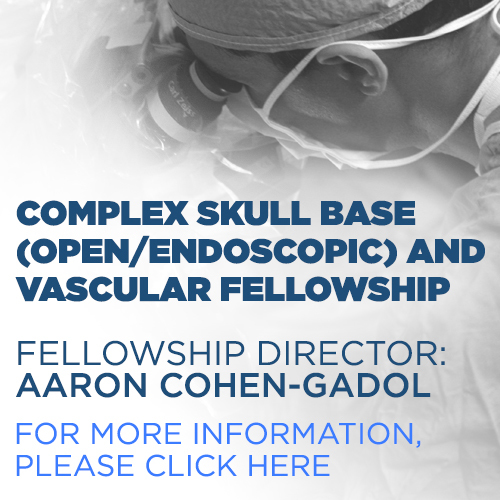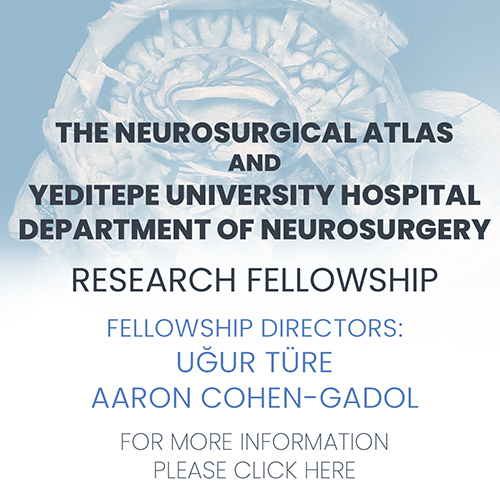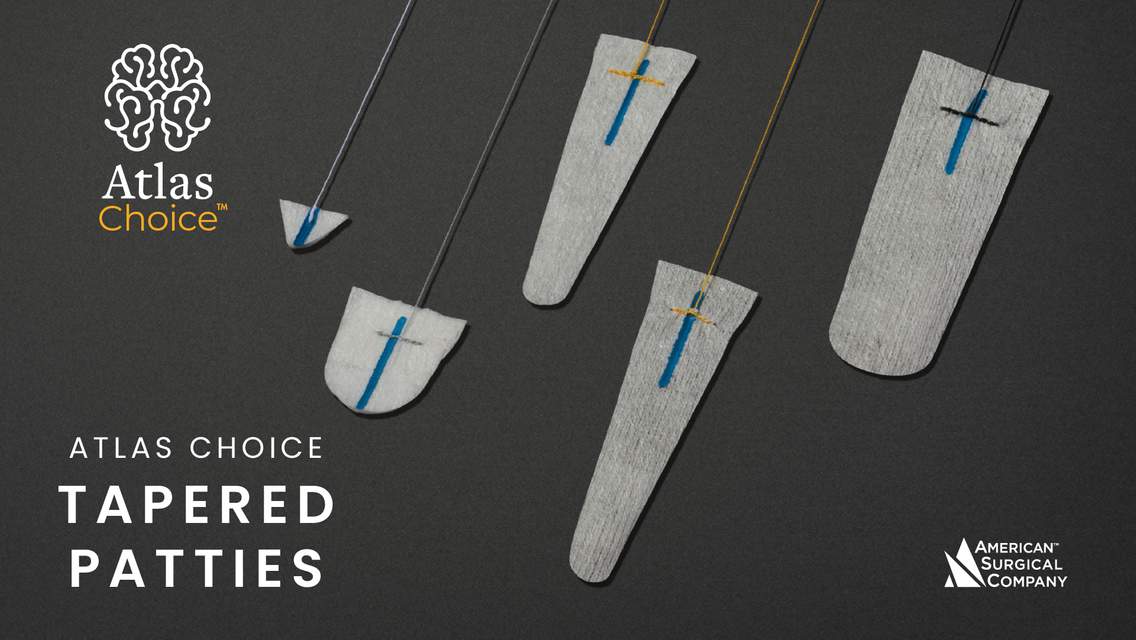Immune Reconstitution Inflammatory Syndrome
Figure 1: Images of an HIV-positive patient with a low CD4 count. The initial imaging demonstrates left dorsolateral frontal T1-hypointense (top left), FLAIR-hyperintense (top right) signal that extends through the white matter even to involve the subcortical U fibers, findings that represent PML. The initial imaging was performed without abnormal enhancement. Six weeks after initiating HAART, the patient developed worsened neurologic deficits and shortly thereafter became obtunded. Follow-up imaging demonstrates significant interval worsening in the almost mass-like T1-hypointense signal (middle right) with corresponding FLAIR-hyperintense signal (bottom left) and increased mass effect with near-complete effacement of the left lateral ventricle and mild left-to-right midline shift. (Bottom Right) Increased mild curvilinear enhancement in the left subinsular white matter, which is typical of IRIS.
Description
- First described in 1992 and occurs most commonly in the setting of HIV shortly after the initiation of highly active antiretroviral therapy (HAART) as an exuberant immune response to existing cerebral infection
- Occurs in weeks, months, or years after beginning HAART
- Up to 30% of patients with HIV will develop immune reconstitution inflammatory syndrome (IRIS)
- Also seen in patients on immune modulators such as natalizumab (often used for multiple sclerosis) after cessation of the medication
Pathology
- Two forms
- Paradoxical—restores previously suppressed inflammatory immune response in the absence of active infection
- Unmasking—unmasks a previously subclinical cerebral infection
Clinical Features
- Symptoms
- New and worsening symptoms, despite adequate treatment, that mimic those of the underlying condition
- Highly variable; some patients have mild symptoms with eventual immune restoration, whereas others have more fulminant symptoms that can lead to death in a short time period after symptom onset
- Age and gender
- No predilection
Imaging
- General
- Atypical or worsening appearance of infection after initiation of HAART or immunomodulator cessation
- Variability due to differing underlying conditions
- Progressive multifocal leukoencephalopathy (PML)
- Increasing mass effect and enhancement of previously identified white matter lesions
- Tuberculosis
- Increased size, surrounding edema, and enhancement
- Cryptococcosis
- Increased size and enhancement of gelatinous pseudocysts
- Imaging recommendation
- MRI with contrast
- Mimic
- Can be a difficult diagnosis to make because the differential is broad, including HIV encephalitis, new opportunistic infection, or lymphoma; the clinical history and follow-up are often most helpful
For more information, please see the corresponding chapter in Radiopaedia.
Contributor: Sean Dodson, MD
References
Cabral RF, Valle Bahia PR, Gasparetto EL, et al. Immune reconstitution inflammatory syndrome and cerebral toxoplasmosis. AJNR Am J Neuroradiol 2010;31:E65–E69. doi.org/10.3174/ajnr.A2158
Post MJD, Thurnher MM, Clifford DB, et al. CNS-immune reconstitution inflammatory syndrome in the setting of HIV Infection, part 1: overview and discussion of progressive multifocal leukoencephalopathy-immune reconstitution inflammatory syndrome and cryptococcal-immune reconstitution inflammatory syndrome. AJNR Am J Neuroradiol 2012;34:1–11. doi.org/10.3174/ajnr.A3183
Post MJD, Thurnher MM, Clifford DB, et al. CNS-immune reconstitution inflammatory syndrome in the setting of HIV infection, part 2: discussion of neuro-immune reconstitution inflammatory syndrome with and without other pathogens. AJNR Am J Neuroradiol 2012;34:1–10. doi.org/10.3174/ajnr.A3184
Please login to post a comment.












